The 1940s was a particularly turbulent decade in world history, dominated by the Second World War causing widespread destruction all over the globe. As the Allies and Axis powers battled in different theatres, the world’s largest industrial manufacturers were forced to support the war effort in whatever way they could, and a wave of innovation swept across the planet.
There’s no doubt that war is bad, but generally, the military-industrial machine helps fuel innovation, and during the war years, and in the post-war period that followed, the motorcycle industry saw one of it is biggest shake-ups. It also saw many successful brands and their factories reduced to rubble, as traditional motorcycle manufacturing factories were repurposed into munitions factories, making prime targets for aerial bombing raids.
And of course, the end of World War II ushered in an era of economic hardship for many countries. As poorer populations sought cheap, efficient, and practical mobility, the motorcycle was the logical answer. In richer regions, the surplus of army motorcycles led to an entirely different boom, leading the way for the custom biker culture that flourished in the mid-20th century.
As you can see, the 1940s were anything but dull, and an important decade in the history of the motorcycle. So, without further ado: let’s look at 10 of the best motorcycles of the 1940s.
BMW R75
Let’s start with the most obvious and well-known 1940s motorcycle from World War II: the BMW R75. At the beginning of the decade, the Wehrmacht was in need of a heavy-duty motorcycle and sidecar vehicle with specific capabilities. It needed to have useful off-road capabilities, easy handling, and the ability to tow munitions of light artillery weapons. BMW Motorrad answered the call, and thus the legendary BMW R75 was born.
Driven by a 745 cc boxer-twin engine, with 26 horsepower on tap, the R75 was set to become one of the most iconic war motorcycles ever made. Though it didn’t offer impressive maximum power statistics, the R75 was smooth to ride with wide handlebars and a low seat and could pull loads of up to 992 lbs.
On paper, it ticked all the right boxes except for one: it wasn’t cheap to produce. As one of the most advanced motorcycles of the era, it makes sense that it wasn’t particularly economical. It was because of this that production of the R75 was brought to a halt in 1944. During its tenure, BMW produced 16,500 BMW R75 models. Today, it’s one of the most recognizable motorcycles of all time.
DKW NZ 500
Next, we have another classic from Germany. DKW is certainly not as well known as BMW, but the marque pulled its weight during the war. The NZ series actually began life in the 1930s, with the NZ 500 only entering production in 1939. So, what makes this German war machine special when compared to the likes of the BMW R75?
The engine, for starters, is remarkably different. Rather than relying on a stereotypical German horizontally-opposed boxer-twin, the DKW NZ 500 draws power from a 489 cc twin-cylinder two-stroke engine. It produced a hearty 18.5 horsepower, featured a four-speed gearbox, and was located within an innovative chassis.
Arguably, the most innovative feature of the DKW NZ 500 was the addition of a smart rear suspension that could be adjusted depending on whether the motorcycle was being ridden in solo trim or with a sidecar. Compared to other NZ-designated models, the 500 was quite rare, with only 4,200 going into production. Solo-units were most commonly used by military police and SS officers, while the sidecar rigs were reserved for the Wehrmacht.
Triumph Tiger 100
The original Triumph Tiger isn’t like the models listed above: it wasn’t designed for warfare. However, its history and legacy was greatly shaped by the Second World War. The story of the Triumph Tiger 100 began in 1939 when the classic British motorcycle brand wanted to expand and explore the potential of their parallel-twin engine.
Powered by a 498 cc parallel-twin motor, and dubbed the “100” on account of its claimed 100 mph top-speed, this lightweight standard motorcycle was designed as a relaxed but potent endurance machine. It was launched with great fanfare in the form of a 1,800-mile-long endurance race spanning the length of Great Britain, followed by a further 6 hours of endurance racing at the nation’s legendary Brooklands track. It was an exciting spectacle, but a year later, disaster struck the Triumph brand.
On the 14th of November 1940, German bombers razed the city of Coventry to the ground, along with the Triumph factory. This disaster saw the end of the Triumph Tiger 100. Fortunately, production was resumed in 1946, with a few tasty additions to the already successful Tiger formula. In the end, the Tiger 100 continued to be a key feature of the Triumph range until 1973.
Vincent Black Shadow
If you’re talking about outstanding motorcycles from the 40s, then it would be unfair to ignore the legendary Vincent Black Shadow. Granted, the bulk of the models made were produced in the 50s, but considering that the model only enjoyed a short production line between 1948 and 1955, and only 1,700 were ever produced, it still counts as a 40s machine. As far as rare and sought-after motorcycles go, the Vincent Black Shadow is one of the most collectable.
This is largely because of the small production volume and the fact that every single model was hand-assembled, but it also has a lot to do with the motorcycle’s incredible performance. The heart of the Black Shadow was a 998 cc V-twin engine, that produced a heady 55 horsepower. If that wasn’t enough, the Black Shadow also clocked an amazing top speed of 150.313 mph at a speed run at the Bonneville Salt Flats in 1948.
It truly was a speed demon—and arguably one of the fastest motorcycles of the era. Unfortunately, the Vincent dream came to an end when Vincent HRD ceased the production of motorcycles in 1955. It left a lasting impression on the industry, and today if a Black Shadow ever goes to auction, you can expect it to grab headlines or shatter records.
Zündapp KS 750
Back to Germany, we have another iconic war machine. This time, it’s not a DKW or BMW, it’s the Zündapp KS 750. Zündapp Werke GmbH was based in Nuremberg and became one of the most prolific producers of vehicles for the German army. The KS 750 was one of the brand’s most successful models, offering the perfect combination of power, handling, and versatility.
The heart of the Zündapp KS 750 was a 751 cc flat-twin four-stroke engine with an output of 26 horsepower. It was ideal for off-roading and boasted waterproof features and clever design making it relatively submersible. Thanks to these calculated design features, it was a more all-terrain vehicle than many other war motorcycles available.
It was a heavy motorcycle, but it fared well off-road and the extra weight helped boost its versatility. It was predominantly used for transporting personnel and cargo, evacuating injured soldiers, and for the occasional reconnaissance mission. It truly was a multipurpose motorcycle, and that’s why 18,635 units were produced in a short four-year period between 1940 and 1944.
1949 Ducati Cucciolo Moto 1
At the end of the Second World War, many countries were left in financial dire straits, with populations that needed economic mobility solutions. In Italy, motor scooters and motorcycles were ideal for this purpose, but even purpose-built motorcycles were a luxury. In 1946, a company named Siata began selling clip-on engines that could be retrofitted to regular bicycles, giving affordable mobility to the people.
By 1949, Ducati had cottoned on to this idea and helped the Cucciolo evolve. It no longer resembled a bicycle with an after-market engine bolted onto the frame. Instead, it had evolved into a serious motorcycle with a sophisticated frame and form. The engine in the Ducati Cucciolo Moto 1 was a 1.5 horsepower 48 cc single-cylinder four-stroke unit and two-speed gearbox, which could propel the Moto 1 to speeds of 39.7 mph.
While the 1950s would prove to be a more significant decade for Ducati, the 1940s and the immediate post-war era gave birth to the Cucciolo and put Ducati on a path that would change the company forever. After all, let’s not forget that Ducati began life as a radio parts manufacturer!
Honda Type D
Japan found itself in a similar position to Italy in the direct aftermath of World War II. It was in this environment that a small company called Honda began to make a name for itself. While it would be a few years until Honda would become an international name thanks to the likable and user-friendly Honda Cub, the Dream Type-D would be Honda’s first-ever real motorcycle.
Produced in limited quantities between 1949 and 1951, the Honda Type-D was a domestic Japanese motorcycle that would set the standard for all future Honda motorcycles. It featured a 98 cc single-cylinder two-stroke engine that produced 3 horsepower and 3.14 lb-ft of torque, mated to a smart semi-automatic two-speed gearbox.
Though it was a success, the Type-D wasn’t in production for long. By the end of 1950, Honda had produced approximately 3,500 Type-D motorcycles before it was succeeded by the Type-E. Honda also didn’t begin exporting motorcycles until 1952, so finding any examples of this influential motorcycle outside of Japan would be a very rare occasion indeed.
Harley-Davidson FL
While the Harley-Davidson EL is regarded as a classic, the FL is a more appropriate choice for an article looking at the best motorcycles of the 1940s. Introduced in 1941, the Harley-Davidson FL rolled onto the scene with a little power than the already celebrated EL model. It featured a 1,207 cc V-twin engine, with an enormous 48 horsepower on tap, and a top speed of 95 mph. On paper, it was slower than the EL, but the FL was certainly more exciting.
In terms of design and styling, the HD FL had everything you’d expect from a luxury motorcycle of the period. It had a beautiful art-deco aesthetic, an elegant Springer fork—of such high standard that the design was licensed to Brough Superior—and sophisticated instrumentation. As you can imagine, this kind of luxury didn’t come cheap, and for a time it was the most expensive motorcycle in the Harley stable.
Given its luxurious nature, it wasn’t selected for military use like many other motorcycles of the era. Still, between the years 1941 and 1948, 14,954 Harley-Davidson FL models were produced. But in 1948, the old Knuckleheads were replaced with Panheads and the model disappeared. Still, the FL name lives on, in the form of the modern Harley-Davidson Road King.
Harley-Davidson WLA
While the Harley-Davidson FL didn’t see active duty, the Harley-Davidson WLA certainly did. The military variant of the WL, the WLA, was released in 1939 and went on to become one of the most recognizable war motorcycles of all time. It’s a regular feature on any list about military motorcycles, so it would be rude to overlook it for a list about 1940s bikes.
Known as the “Liberator” the HD WLA featured everything a true two-wheeled war machine would need. It drew power from a 739 cc V-twin engine with 23 horsepower, it had a rock-solid three-speed gearbox, and it had a wide range of practical add-ons, including ammo cases, a machine gun mount, and more. It even featured two leather gun pouches mounted to the front fork.
The WLA was produced between 1939 and 1944, and during that short period around 80,000 models were made. In the post-war years, surplus models became available to the public, and this led to the rise of the USA’s famous custom culture of choppers and bobbers.
Indian 841
Harley-Davidson wasn’t the only American brand to produce impressive motorcycles throughout the 1940s. HD’s long-standing rival, Indian, also made some of the best motorcycles of the decade. Indian actually made a lot of motorcycles worthy of this list, but if we had to choose one model—and one that often doesn’t get the attention it deserves—it would be the Indian 841.
Designed to rival the BMW R71, Indian borrowed a lot of BMW’s design ideas. Since it was aimed towards desert warfare, Indian chose a horizontally-opposed 24 horsepower, 744 cc V-twin engine, positioned to maximize air-cooling. It also featured other similarities to the BMW R71, including an enclosed shaft-drive, and both front and rear suspension for improved off-road handling.
Very few of these motorcycles exist, as they were only in production for a short term in the early 40s, and only 1056 models were ever produced. The reason for this is that they were bring prepped to fight the war in Africa…which had already come to an end when the first batch rolled off of the production line. After seeing limited military use, the remaining models were sold to the public, much like the HD WLA. And as we know, if it wasn’t for these surplus army units, and the custom culture that spawned along with it, our current motorcycling scene would look very different indeed.

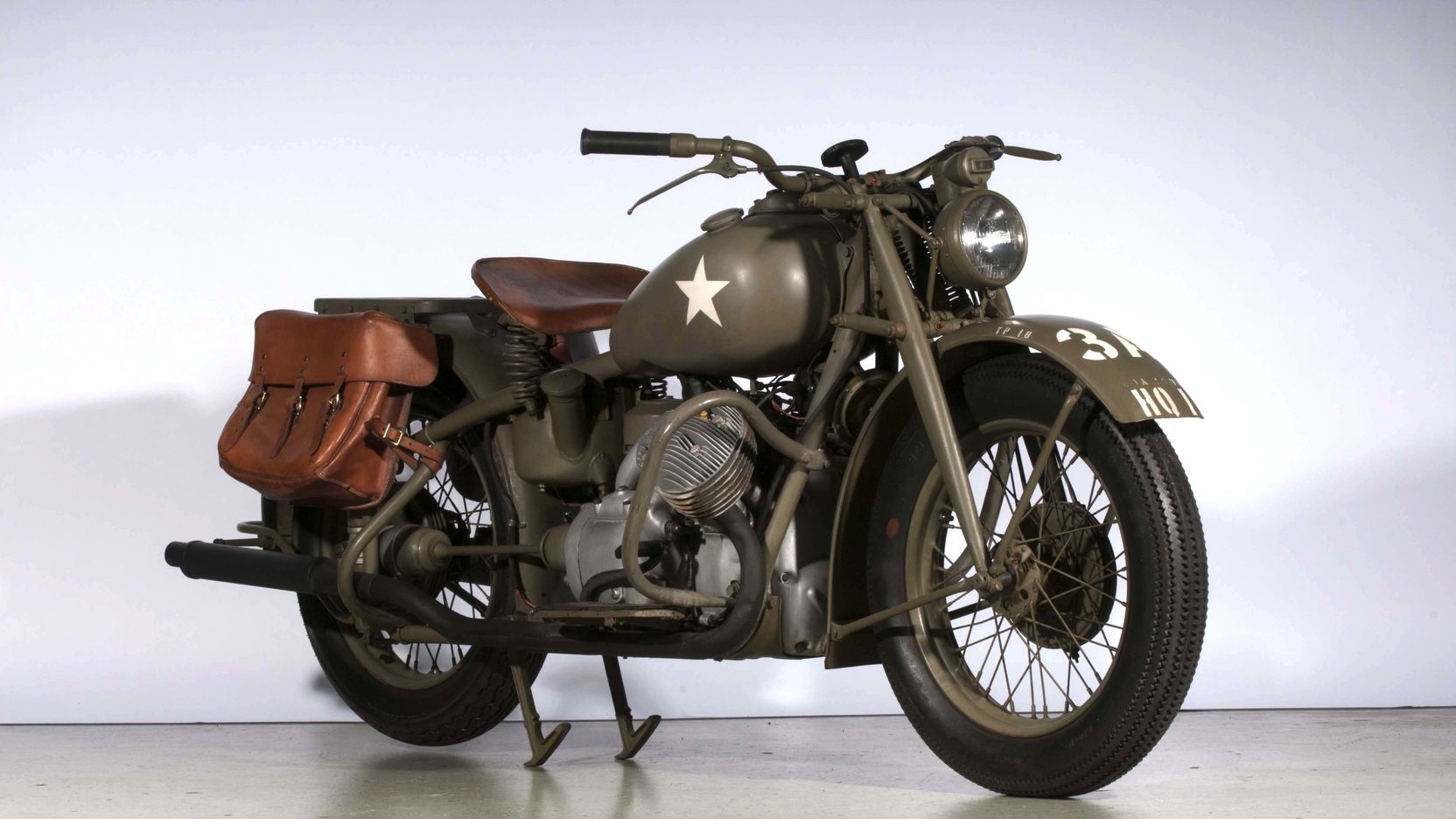
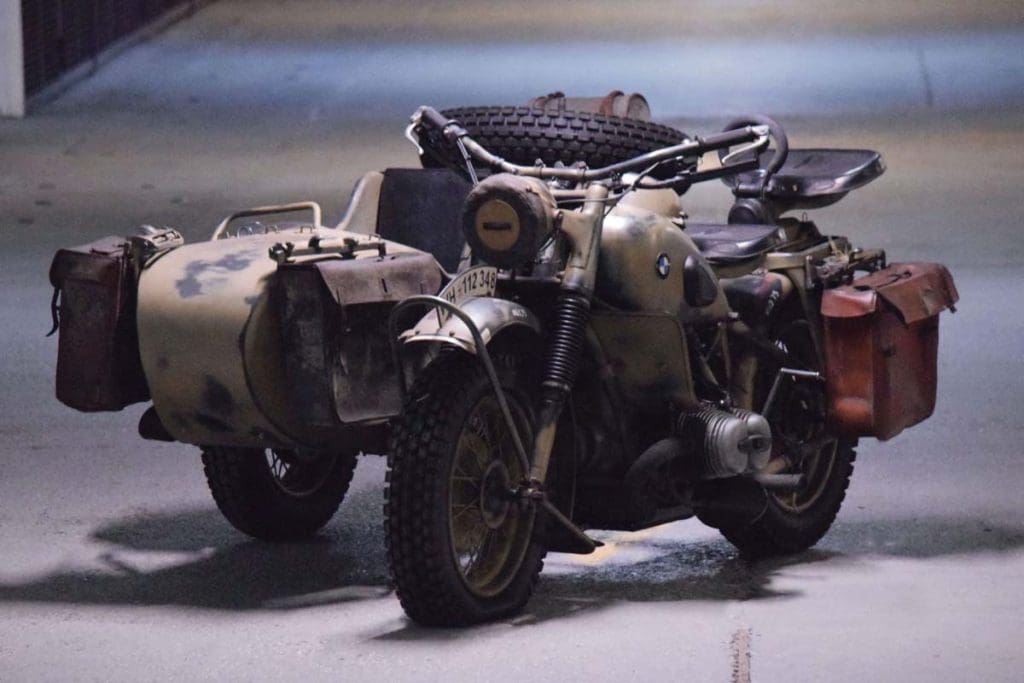
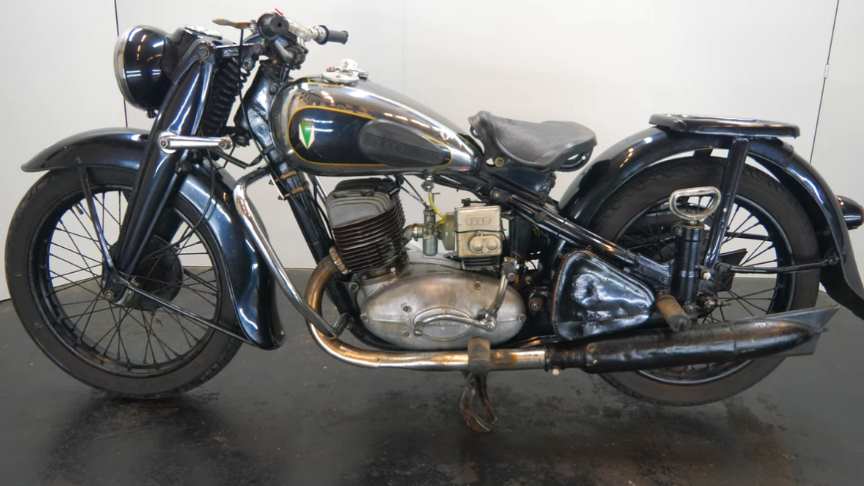
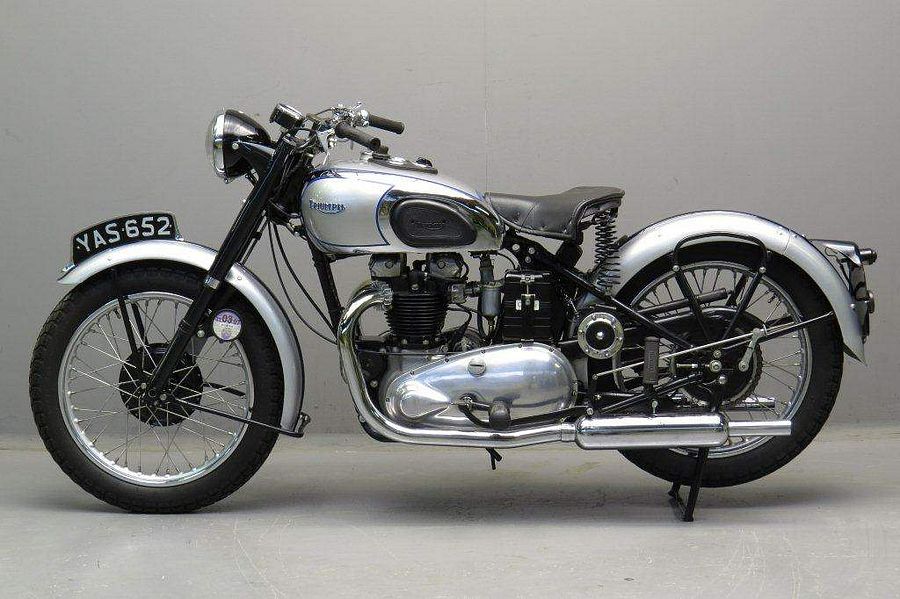
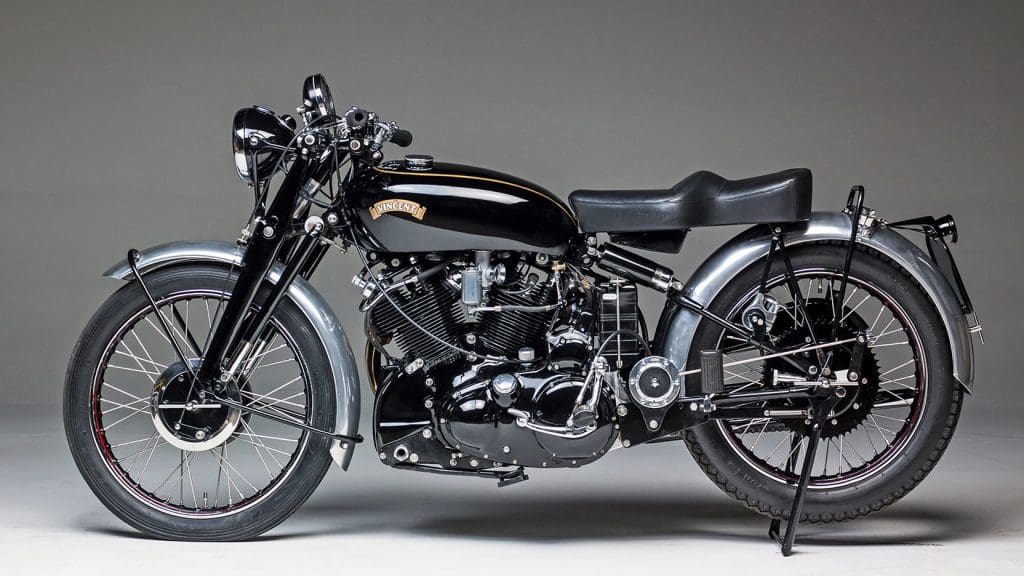
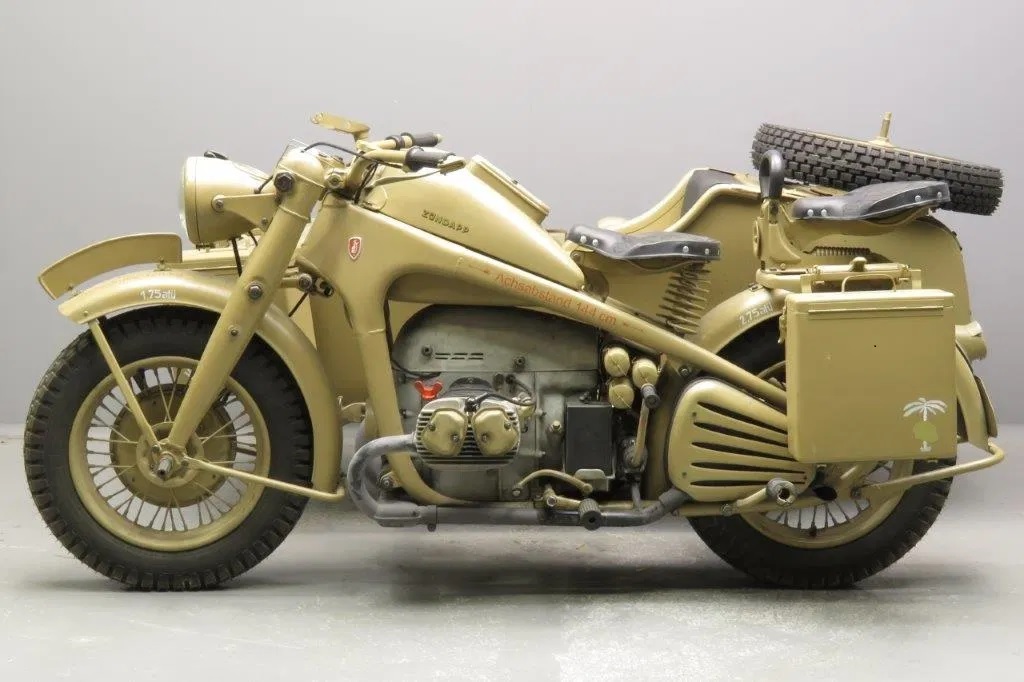
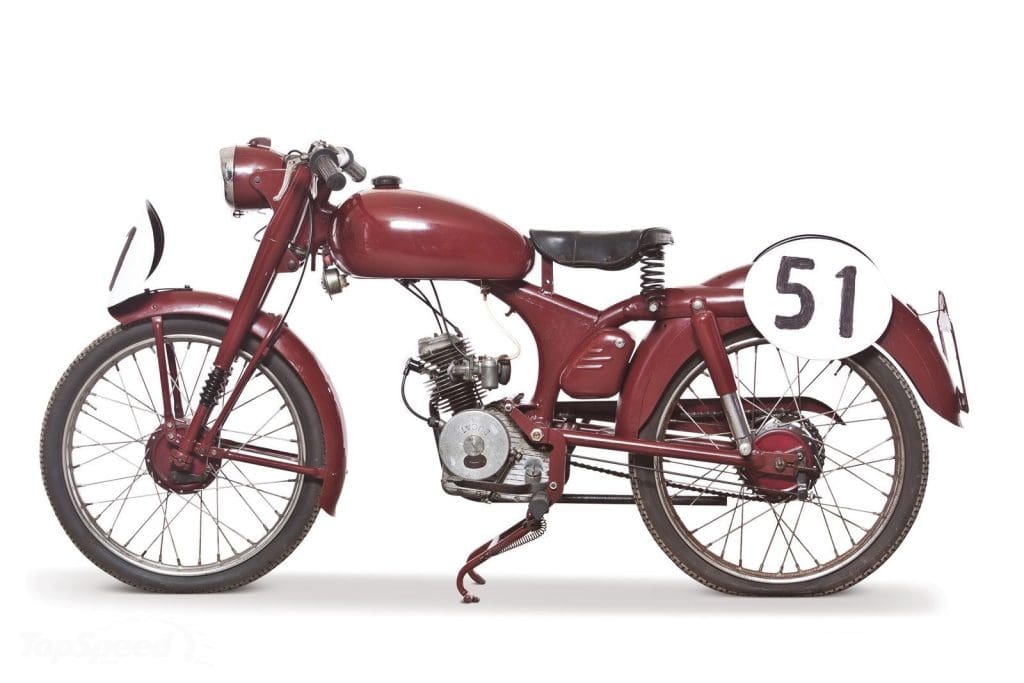
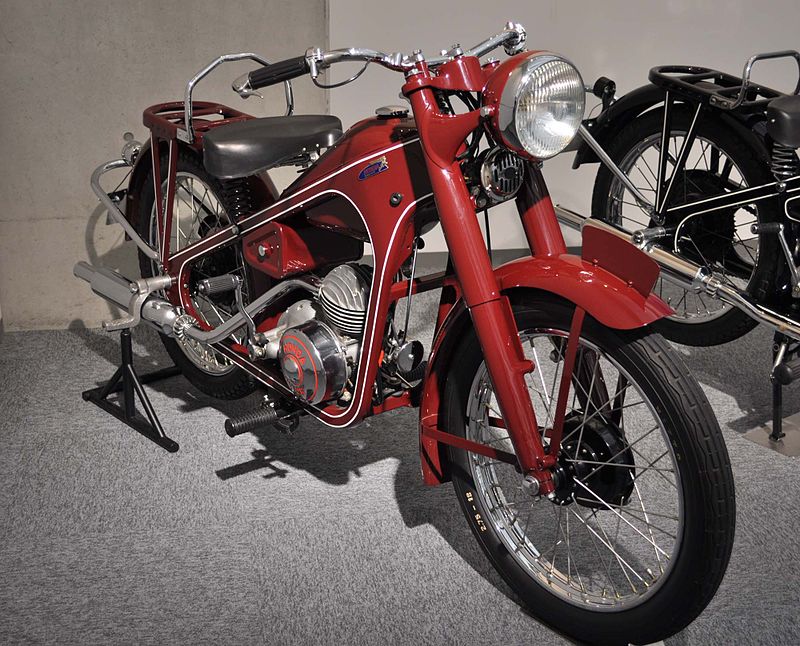
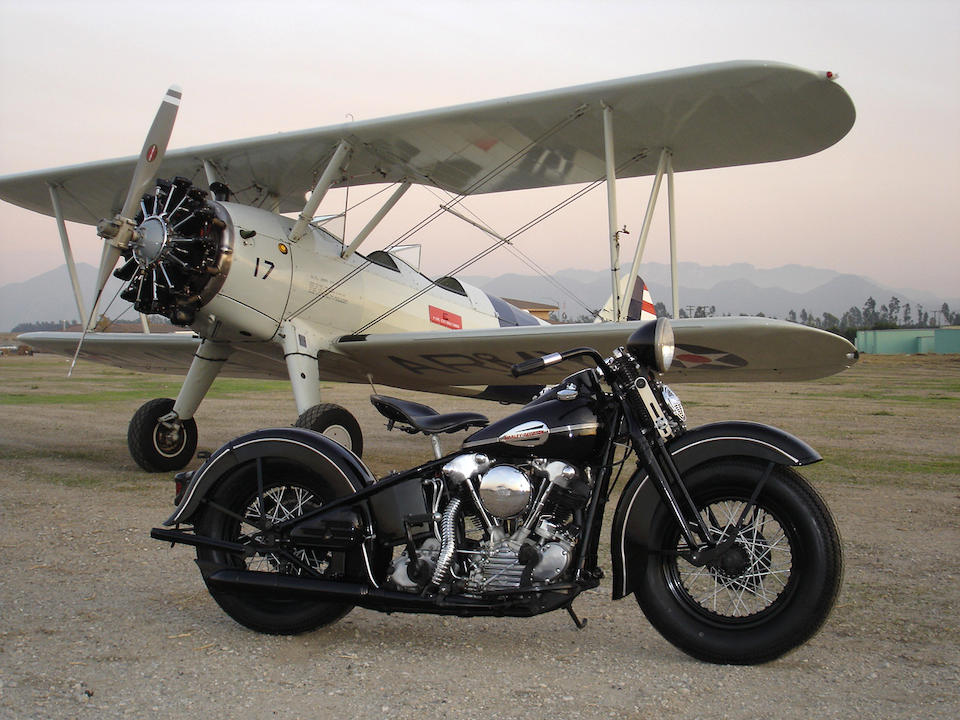
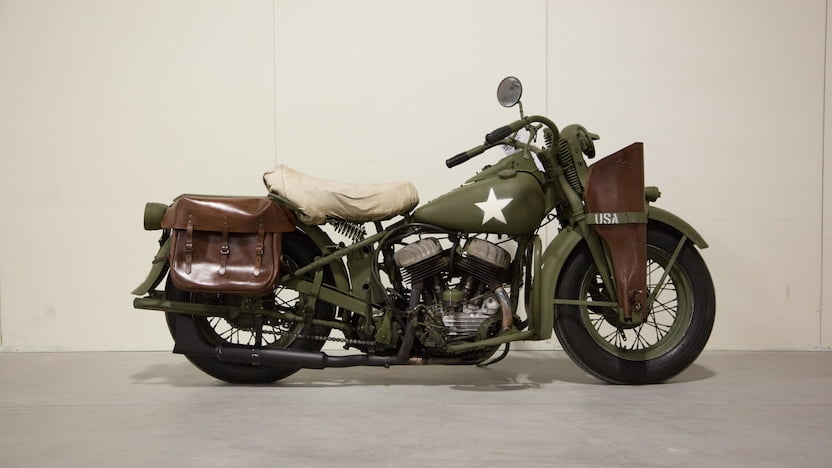
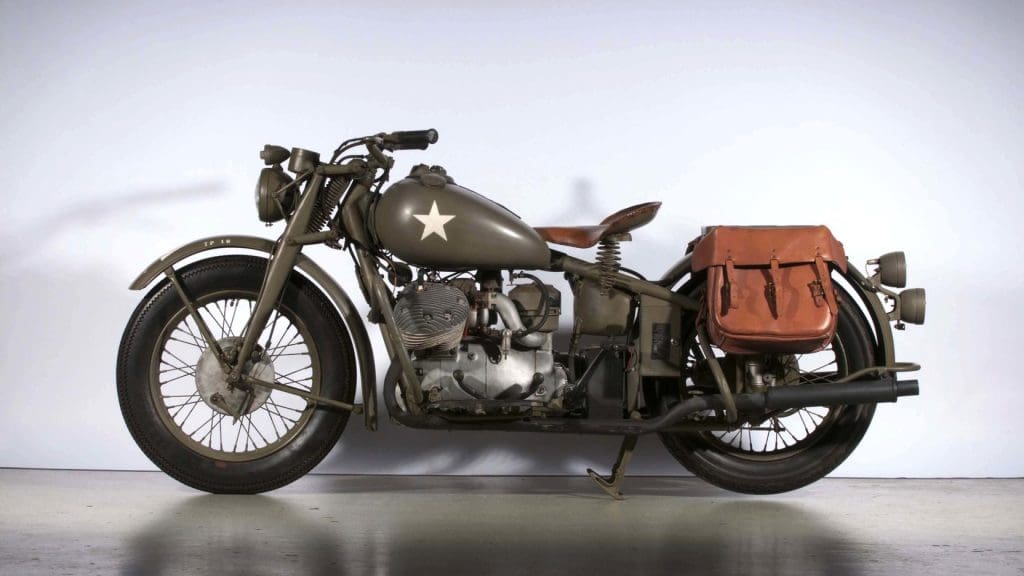

My dad was a dispatch rider for the UK in Ireland in the last world war & he tried all the UK bikes but only one for him stood out above them all the Matchless motorcycle un breakable & trust worthy
My father also rode dispatch in the Canadian army in Korea. He also rode a Matchless Springer Special!
Sorry Joe, The Indian 841 does not have a horizontally opposed engine. A horizontally opposed engine is where two cylinders share the same cylinder. Boxer motors are also confused with being horizontally opposed, subsequently BMW boxer engines are often incorrectly called “horizontally opposed”. https://en.wikipedia.org/wiki/Opposed-piston_engine
It’s interesting to know that there are certain vintage Harley-Davidson motorcycle models that are considered to be more high-end than others. I’m interested in one day owning a vintage motorcycle so I’m starting to learn more about the market and the prices involved in it. Hopefully, I can find a reliable dealership soon enough.